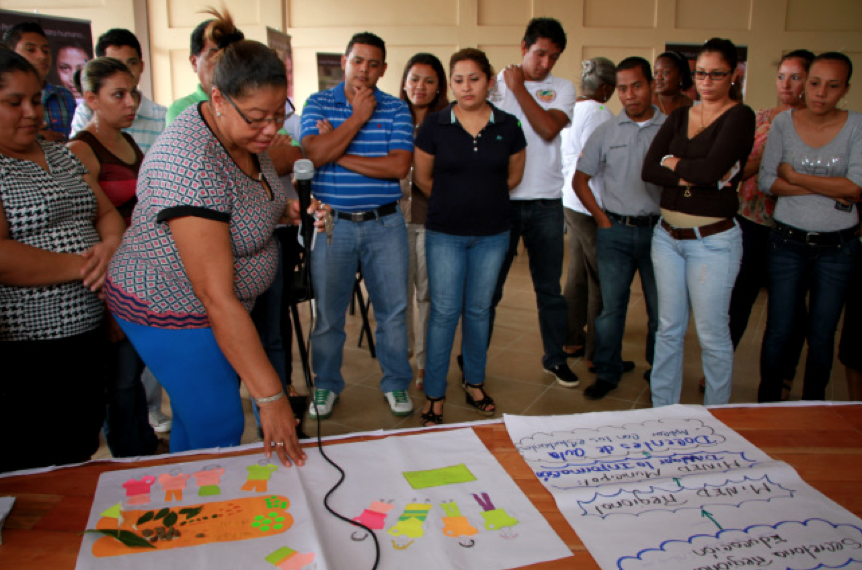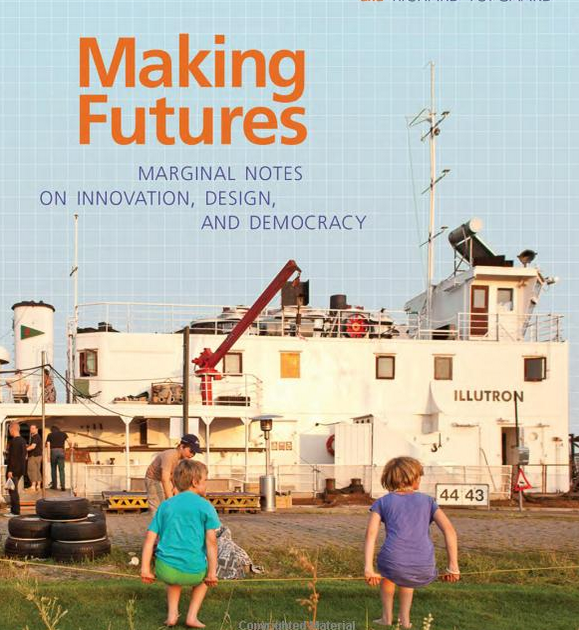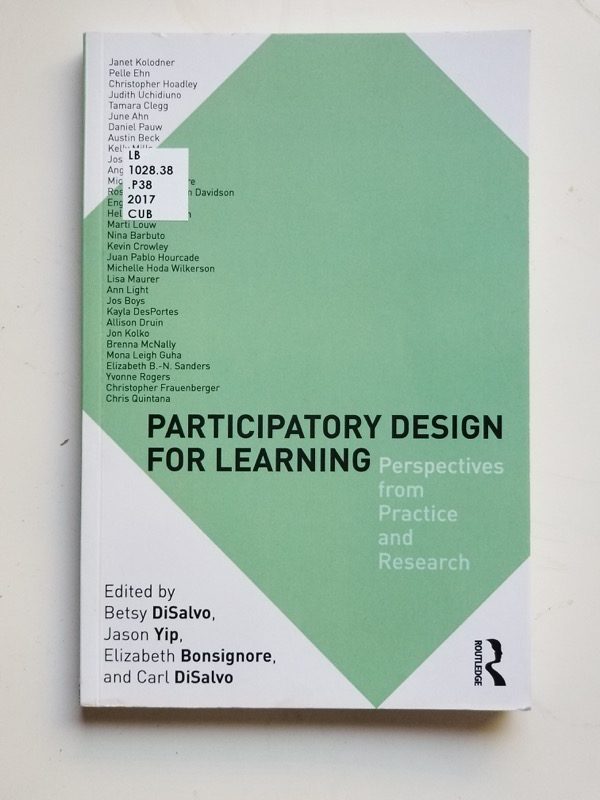The UN has a short article describing how they used human-centered design for complex policy-making: Prototyping Human-Centered Policies for Children in Nicaragua.
The co-design teams held feedback clinics, design workshops, and experiments to see how kids and families could be more involved in planning out the interventions that were meant to serve them. The Regional Policy was made through participatory sessions, to hear people’s real-life problems and to have them making decisions about what initiatives should be tested.



